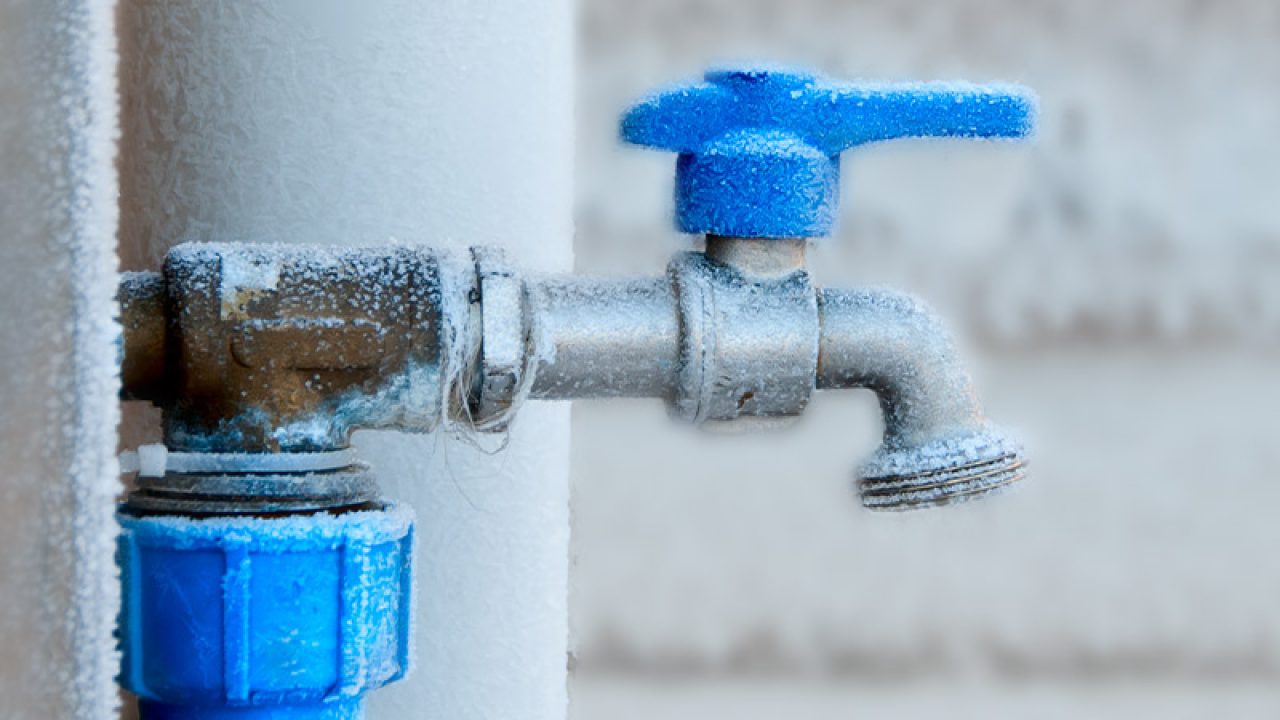Ways to Avoid Frozen Plumbing in Winter: Professional Guidance
Ways to Avoid Frozen Plumbing in Winter: Professional Guidance
Blog Article
Everybody has their private rationale with regards to Prevent Frozen Pipes .

Winter can wreak havoc on your plumbing, especially by freezing pipelines. Below's how to prevent it from happening and what to do if it does.
Introduction
As temperatures decline, the danger of frozen pipelines boosts, potentially leading to costly repair work and water damage. Recognizing how to prevent frozen pipes is vital for house owners in cold environments.
Prevention Tips
Insulating at risk pipes
Wrap pipes in insulation sleeves or use warmth tape to shield them from freezing temperatures. Concentrate on pipes in unheated or external locations of the home.
Home heating techniques
Maintain interior spaces properly heated, especially areas with pipes. Open cabinet doors to enable warm air to distribute around pipes under sinks.
How to recognize frozen pipes
Search for decreased water flow from taps, unusual odors or sounds from pipelines, and visible frost on exposed pipes.
Long-Term Solutions
Architectural adjustments
Take into consideration rerouting pipelines far from outside walls or unheated areas. Include additional insulation to attics, cellars, and crawl spaces.
Updating insulation
Purchase top quality insulation for pipelines, attic rooms, and wall surfaces. Proper insulation assists keep regular temperature levels and minimizes the risk of frozen pipelines.
Safeguarding Outdoor Pipes
Yard tubes and outdoor taps
Disconnect and drain garden hose pipes before winter months. Install frost-proof faucets or cover outside faucets with shielded caps.
Comprehending Icy Pipes
What creates pipes to freeze?
Pipes freeze when revealed to temperature levels below 32 ° F (0 ° C) for expanded periods. As water inside the pipes freezes, it expands, taxing the pipeline walls and possibly causing them to rupture.
Threats and problems
Icy pipelines can lead to water supply disruptions, building damages, and pricey repair work. Burst pipelines can flooding homes and cause comprehensive structural damage.
Indicators of Frozen Pipes
Determining icy pipelines early can avoid them from breaking.
What to Do If Your Pipes Freeze
Immediate activities to take
If you believe icy pipelines, keep faucets open to eliminate stress as the ice thaws. Utilize a hairdryer or towels soaked in warm water to thaw pipelines slowly.
Conclusion
Preventing icy pipes requires aggressive actions and quick reactions. By understanding the reasons, indications, and safety nets, home owners can safeguard their plumbing during winter.
5 Ways to Prevent Frozen Pipes
Drain Outdoor Faucets and Disconnect Hoses
First, close the shut-off valve that controls the flow of water in the pipe to your outdoor faucet. Then, head outside to disconnect and drain your hose and open the outdoor faucet to allow the water to completely drain out of the line. Turn off the faucet when done. Finally, head back to the shut-off valve and drain the remaining water inside the pipe into a bucket or container. Additionally, if you have a home irrigation system, you should consider hiring an expert to clear the system of water each year.
Insulate Pipes
One of the best and most cost-effective methods for preventing frozen water pipes is to wrap your pipes with insulation. This is especially important for areas in your home that aren’t exposed to heat, such as an attic. We suggest using foam sleeves, which can typically be found at your local hardware store.
Keep Heat Running at 65
Your pipes are located inside your walls, and the temperature there is much colder than the rest of the house. To prevent your pipes from freezing, The Insurance Information Institute suggests that you keep your home heated to at least 65 degrees, even when traveling. You may want to invest in smart devices that can keep an eye on the temperature in your home while you’re away.
Leave Water Dripping
Moving water — even a small trickle — can prevent ice from forming inside your pipes. When freezing temps are imminent, start a drip of water from all faucets that serve exposed pipes. Leaving a few faucets running will also help relieve pressure inside the pipes and help prevent a rupture if the water inside freezes.
Open Cupboard Doors
Warm your kitchen and bathroom pipes by opening cupboards and vanities. You should also leave your interior doors ajar to help warm air circulate evenly throughout your home.

I was brought to that write-up on How to prepare your home plumbing for winter weather from an acquaintance on our other website. Remember to pause to share this content if you liked it. Thank you for your time. Come back soon.
Call Today Report this page